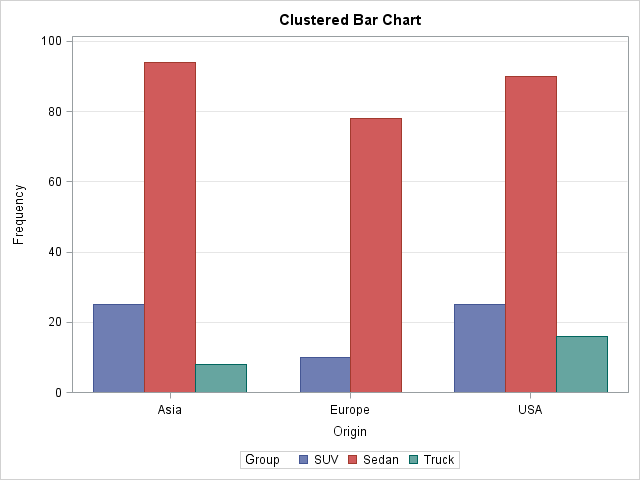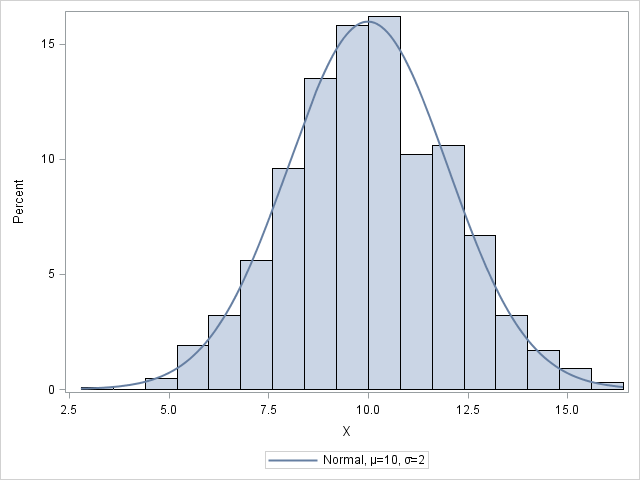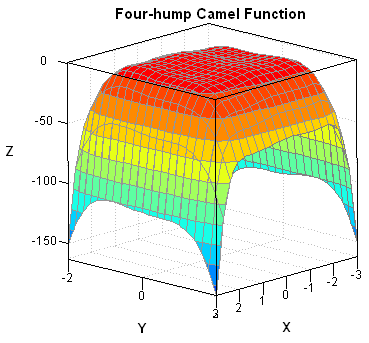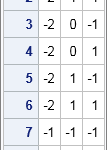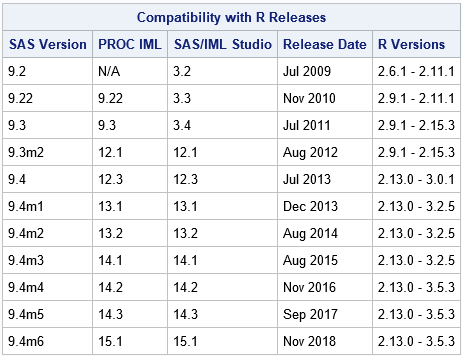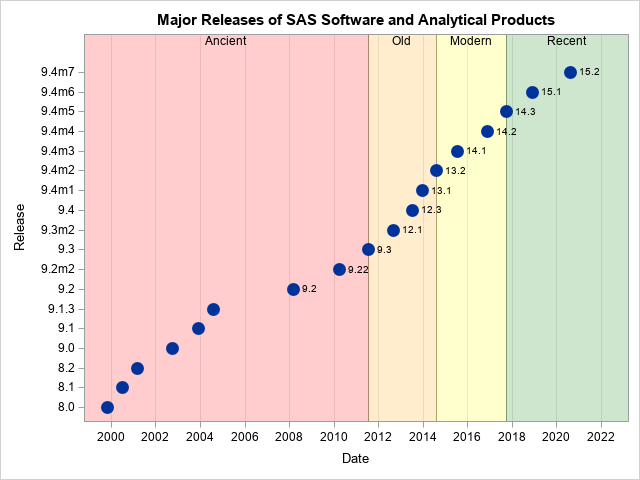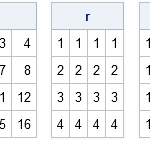
Unless you diligently read the "What's New" chapter for each release of SAS software, it is easy to miss new features that appear in the language. People who have been writing SAS/IML programs for decades are sometimes surprised when I tell them about a useful new function or programming feature.



